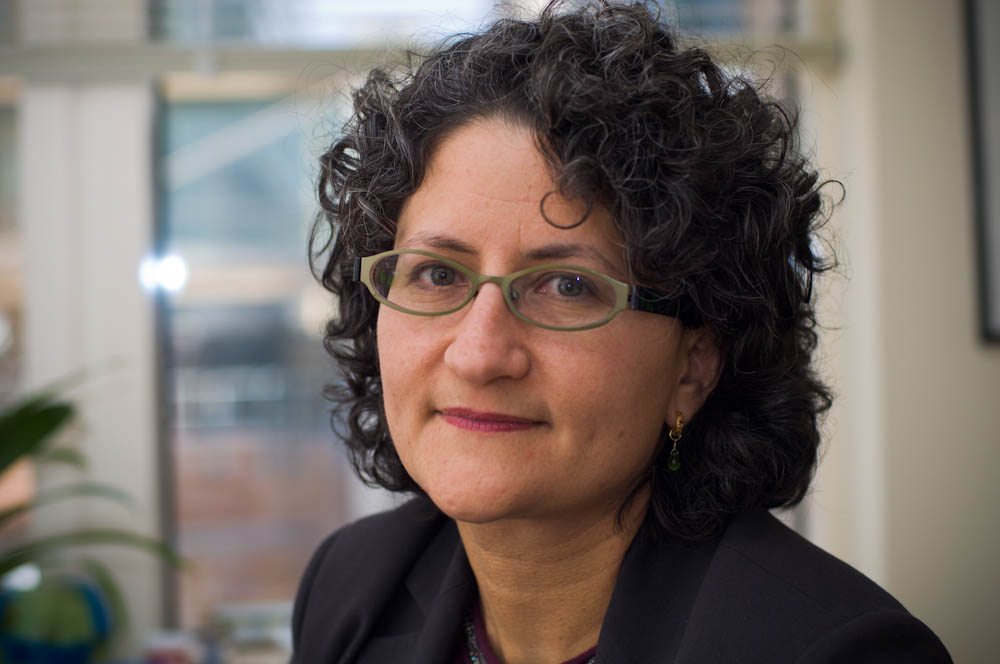By Tom Ulrich
One of the hot trends in drug discovery could be called drug re-discovery: finding new uses for drugs that have already received FDA approval for a different indication.
It’s an approach that allows researchers and clinicians to rapidly test potential treatments for rare or difficult-to-treat conditions. Because the drug’s safety profile is already known, much of the preclinical and early clinical work that goes into developing a drug can be bypassed.


